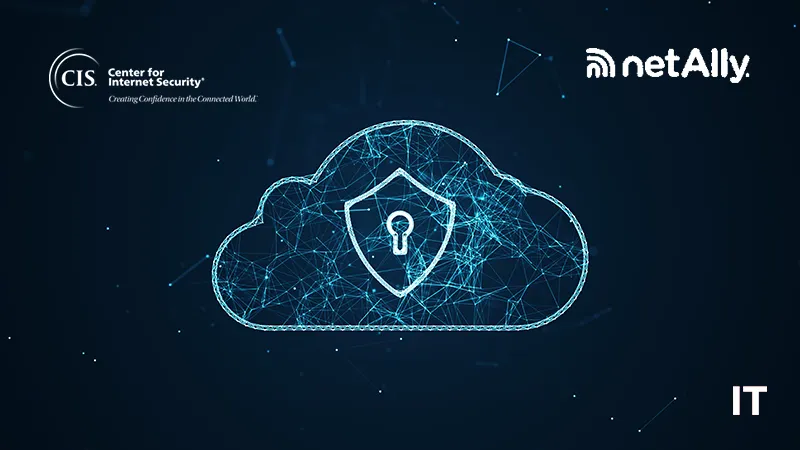NetAlly, the leader in portable, handheld edge network vulnerability scanners, is proud to announce its partnership with CIS CyberMarket. The marketplace is expressly designed to improve cybersecurity for U.S. State, Local, Tribal, and Territorial (SLTT) government organizations by offering rigorously vetted, cost-effective solutions from industry-leading vendors.
NetAlly has long partnered with numerous SLTT organizations to solve their network perimeter security visibility gaps. This announcement enhances the relationship by offering up to 15% off MSRP on CyberScope products. CyberScope, and its integration with NetAlly’s Link-Live™ secure cloud service, enables security practitioners to discover, validate, and assess cybersecurity at the network edge in a single, powerful, portable tool:
- Easily validates security controls at the edge.
- Inventories everything including IoT, OT, unmanaged devices, wired and wireless.
- Quickly tests and demonstrates policy compliance.
- Enables collaboration and sharing between teams.
Also Read: SecureIQLab to Launch Web App & API Protection 4.0 Test
These capabilities align perfectly to effectively combat escalating cybersecurity threats and challenges faced by SLTTs as they are increasingly targeted by hackers. CyberScope also supports multiple CIS Critical Security Controls®, aiding efforts in security framework initiatives.
“CyberScope, building on our more than 30 years of edge network visibility innovation and leadership, integrates key vulnerability capabilities into an easy-to-use solution,” said James Kahkoska, NetAlly Chief Technology Officer. “This makes it ideal for short-staffed organizations like SLTT governments that are being aggressively targeted by threat actors.”
“CIS CyberMarket vendors, like NetAlly, offer industry-leading solutions that are helping public sector organizations defend against cyber threats,” said Gina Chapman, CIS Chief Operating Officer. “Working together, we can greatly reduce cyber risk to these historically underserved, and increasingly targeted, organizations while promoting effective cybersecurity among the government institutions we all rely on.”
SOURCE: GlobeNewswire

































